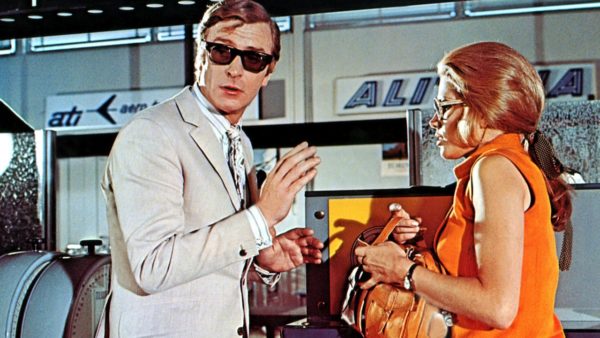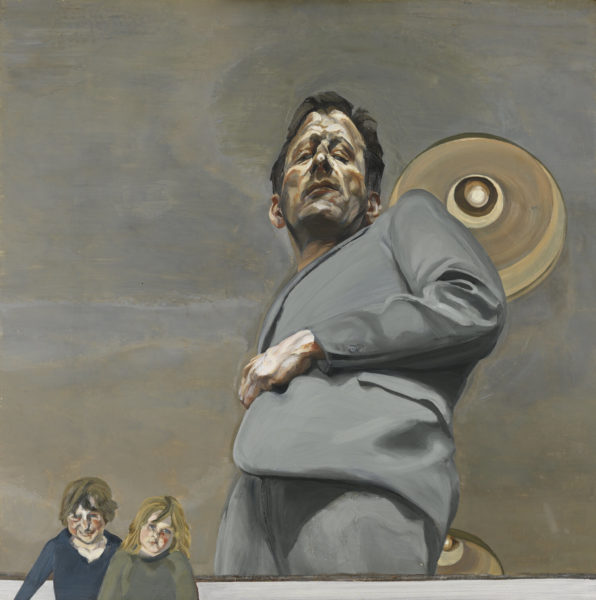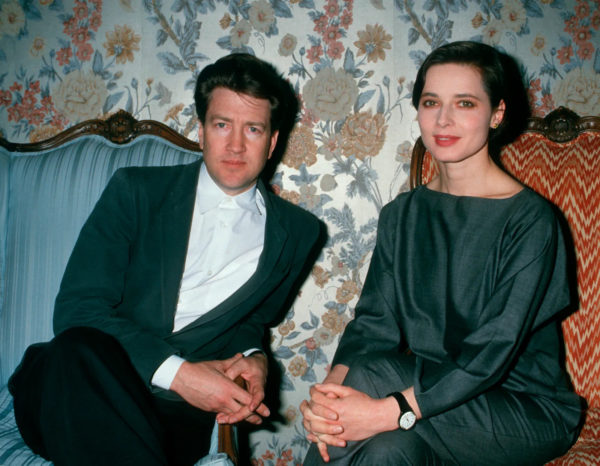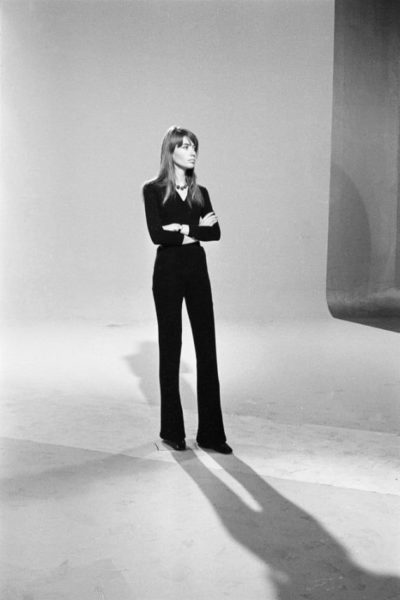Heeled shoes make their first appearance at Persian horsemen’s feet at the end of the 16th century. Heels are then useful to help feet stay in the stirrups, a use that persisted with the Santiags (or cowboy boots).
During the 17th century, French King Louis XIV wears heels covered with red leather to make himself appear taller. These high heeled shoes are made identical, with no distinction between the right and left foot ; while the heel is made of glued layers of leather. These shoes, unsuitable for walking, are however adopted by the court, by men as well as women. The heel then became a sign of differentiation and wealth.
During the French Revolution, it disappears along with other symbols of nobility. Men’s shoes are then only featuring a low or flat heel.
The heel really comes back in men’s fashion in the sixties, notably on the Beatles’ Chelsea boots upon which they had a cuban heel added. It doesn’t have, however, the same function as the women’s heel, much thinner: by raising men’s height, the heel is a symbol of masculinity.
In the seventies, heels are even higher, but they are as extravagant as they are ephemeral. Finally, at the beginning of the 2000s, Hedi Slimane brings them back at Dior Homme on rock boots.

JONES, Brayan. 1964.
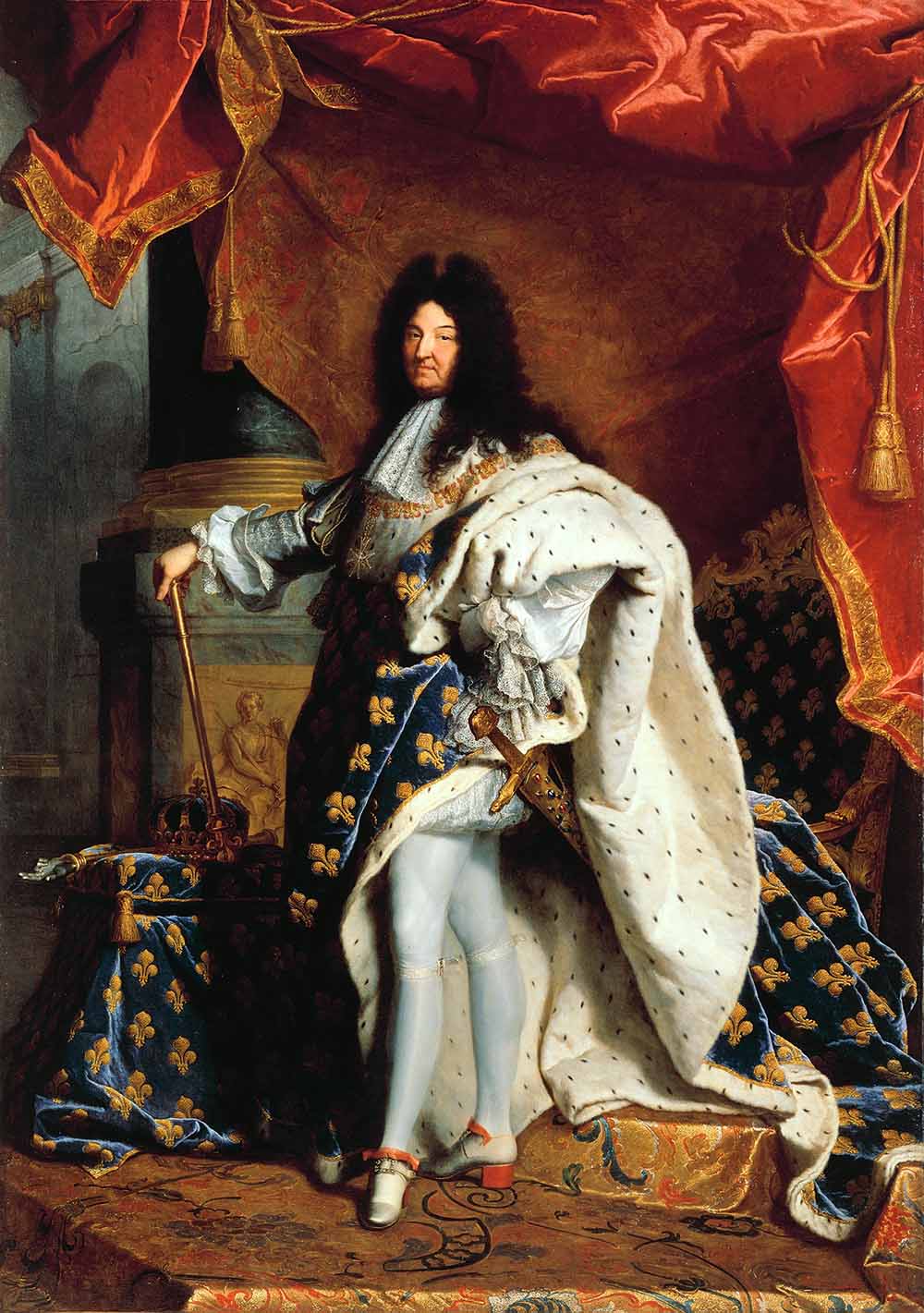
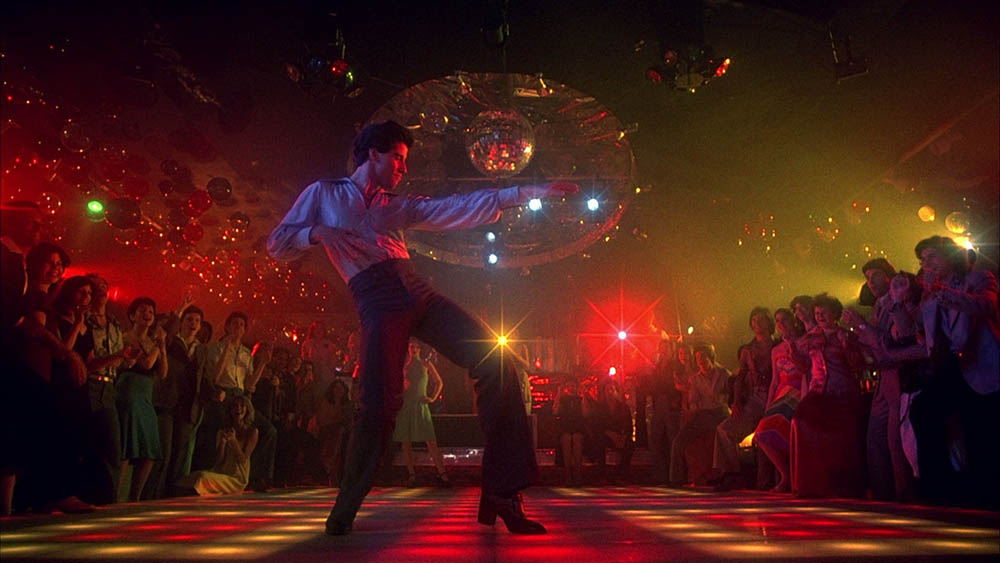
TRAVOLTA, John, act. BADHAM, John, dir. Saturday Night Fever. 1977. 119 min.
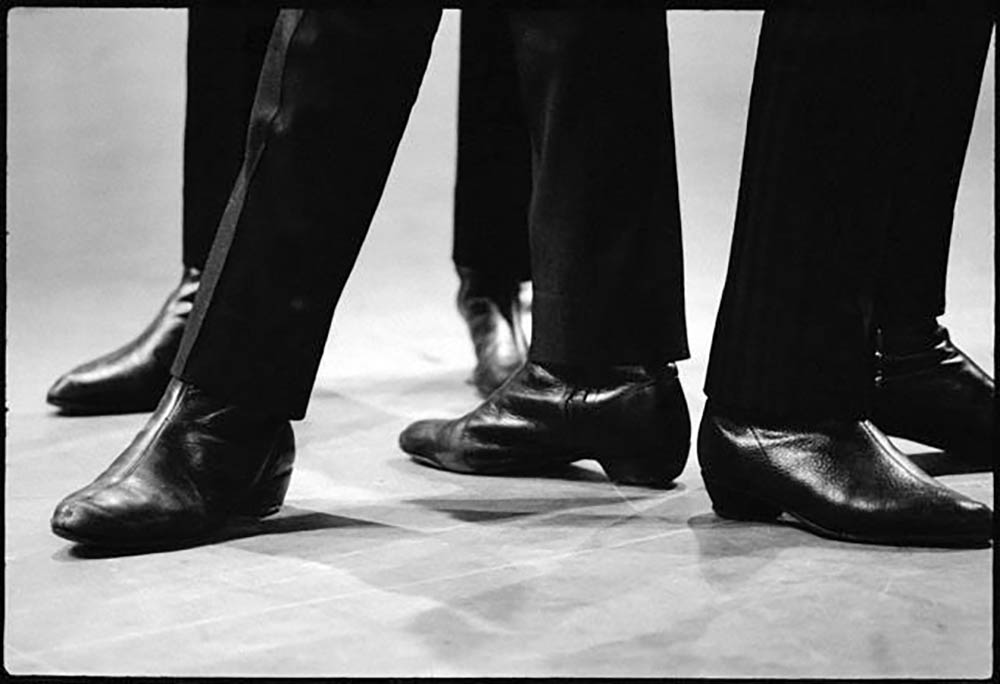
EPPRIDGE, Bill, phot. The Beatles Boots. Ed Sullivan Theater, New York City, United-Sates. 1964.
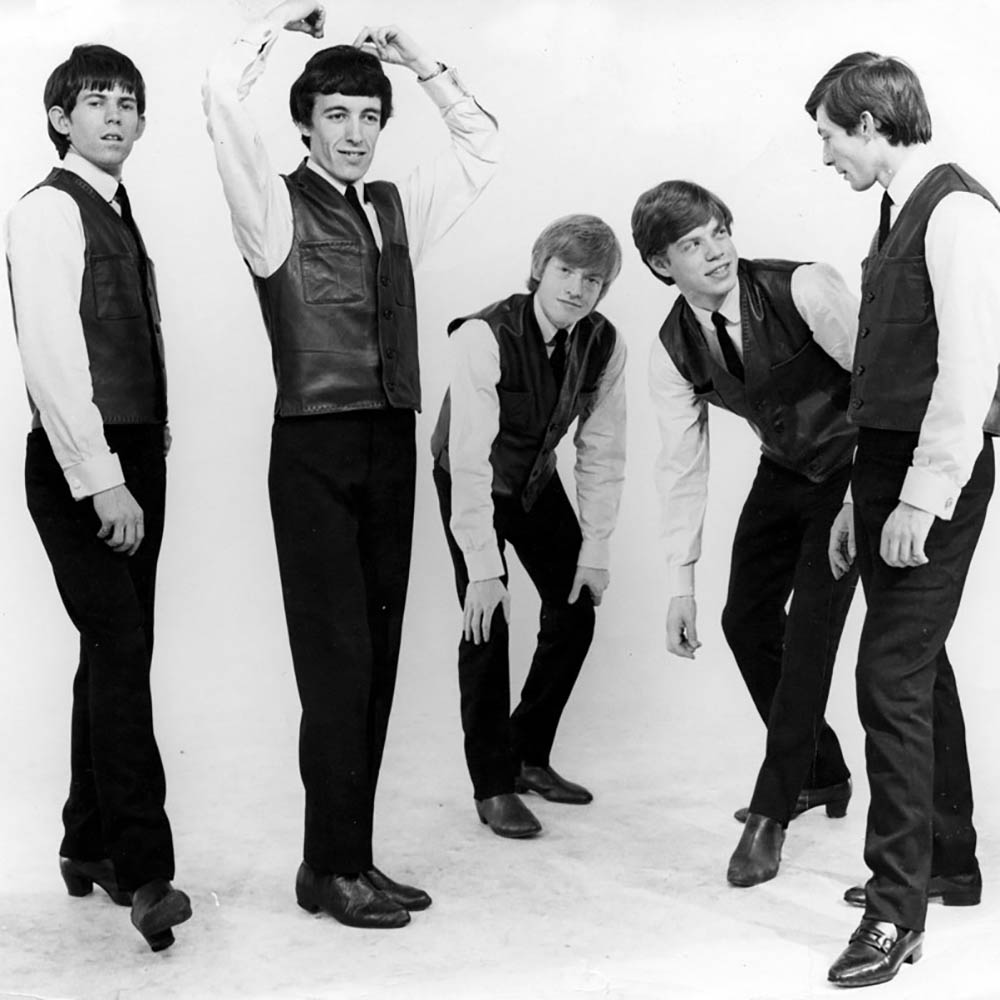
THE ROLLING STONES. London, United-Kingdom. 1963.
- COTTON« Soft, but with weight. Relaxed, but never shapeless. It carries memory in its creases. »
- LUCIAN FREUD« from borrowed suits to bespoke tailoring, Freud’s fashion choices evolved with his art »
- DAVID LYNCH« The oddest of Americans, the most American of oddballs, Lynch was a man with a uniform. »
- THE FLARED TROUSER
